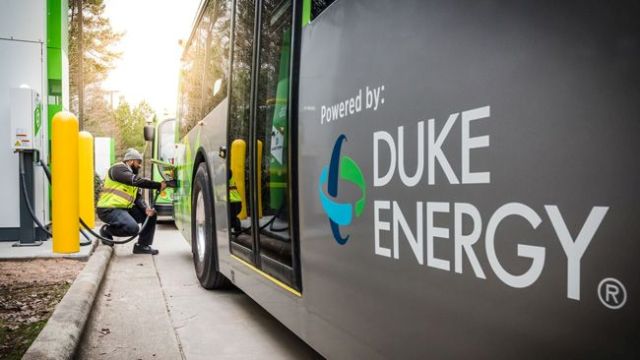Duke Energy has significantly increased its five-year capital expenditure plan to $83 billion, a 13.7 percent jump, as it looks to accommodate rising electricity demand fueled by population growth in the U.S. Southeast and the expansion of data centers and advanced manufacturing.
The utility’s decision to boost spending aligns with trends in the U.S. power sector, where demand is projected to reach record highs in 2025 and 2026. This surge is driven by the increasing power needs of AI and cloud computing data centers, as well as the electrification of buildings and transportation, according to the U.S. Energy Information Administration.
Duke Energy operates in some of the fastest-growing states in the Southeast, where rapid population growth is further intensifying electricity consumption, Reuters news report said.
Duke Energy, in its earnings report, said the company now anticipates that load growth between 2027 and 2029 will accelerate to 3 percent-4 percent, a notable increase from its previous estimate of 1.5 percent-2 percent over the next two years.
To meet this demand, Duke Energy is channeling most of the additional $10 billion in its capital plan toward expanding power generation capacity, while also investing heavily in strengthening its distribution and transmission infrastructure. The company expects to bring nearly five gigawatts of new natural gas power online by the end of 2029, ensuring a more reliable energy supply for its expanding customer base.
To fund this ambitious plan, Duke is set to issue $6.5 billion in equity between 2025 and 2029, including $1 billion in 2025 alone. The utility plans to cover approximately 40 percent of its capital expenditure increase through equity issuance while focusing on cost-cutting measures and business simplification to enhance financial stability.
Duke Energy’s leadership remains confident in its ability to manage these investments efficiently, with CFO Brian Savoy emphasizing the need to scale up electricity infrastructure to support growing demand across its service areas.
For the fourth quarter of 2024, Duke reported a 5 percent increase in income from its electric and gas segments, reaching approximately $1.4 billion compared to the same period the previous year. However, higher interest expenses, an elevated tax rate, and storm-related costs weighed on overall profitability.
Duke Energy posted revenue of $7.36 billion driven by higher residential electricity sales and rate increases.
Duke Energy’s extensive service area, covering North and South Carolina, faced severe disruptions due to hurricanes Debby, Milton, and Helene, which damaged miles of transmission lines and power poles, leaving tens of thousands of customers without electricity. Such extreme weather events underscore the necessity for continued investment in grid resilience and modernization.
Additionally, the higher interest rate environment remains a challenge for utilities like Duke, as it increases the cost of financing large-scale infrastructure projects. However, the company’s strategic capital allocation, coupled with rate adjustments and growing customer demand, positions it to navigate these financial pressures while continuing to expand its operations.
Baburajan Kizhakedath

